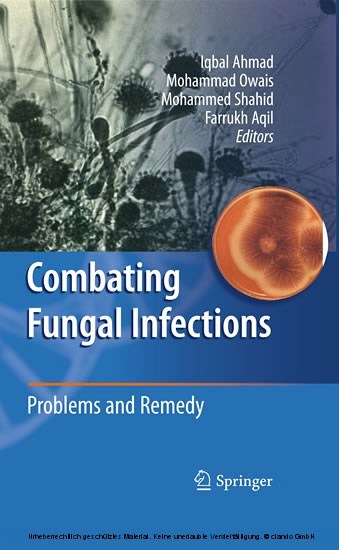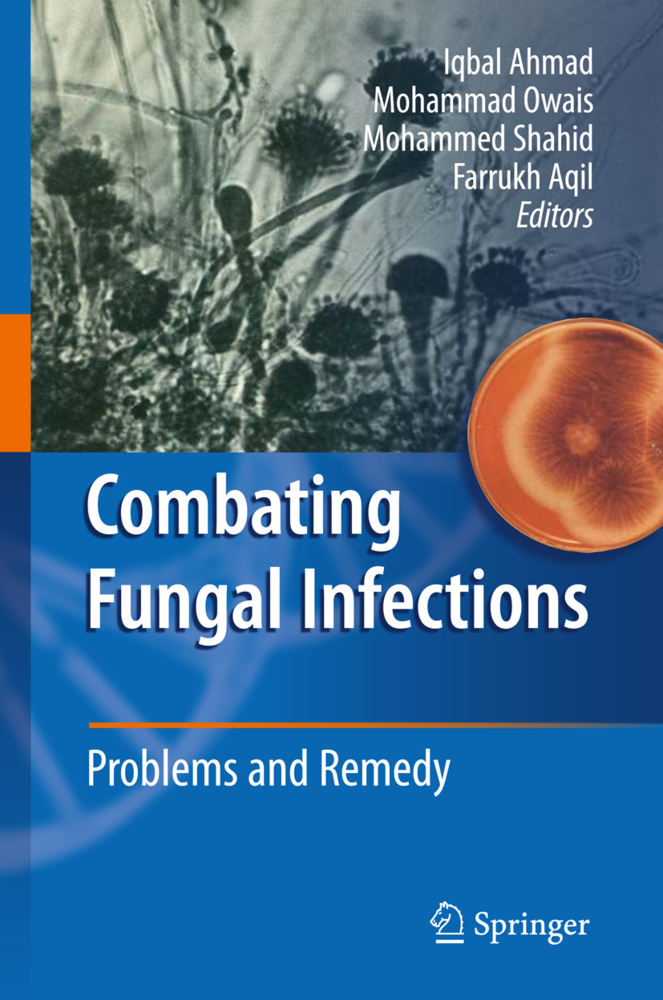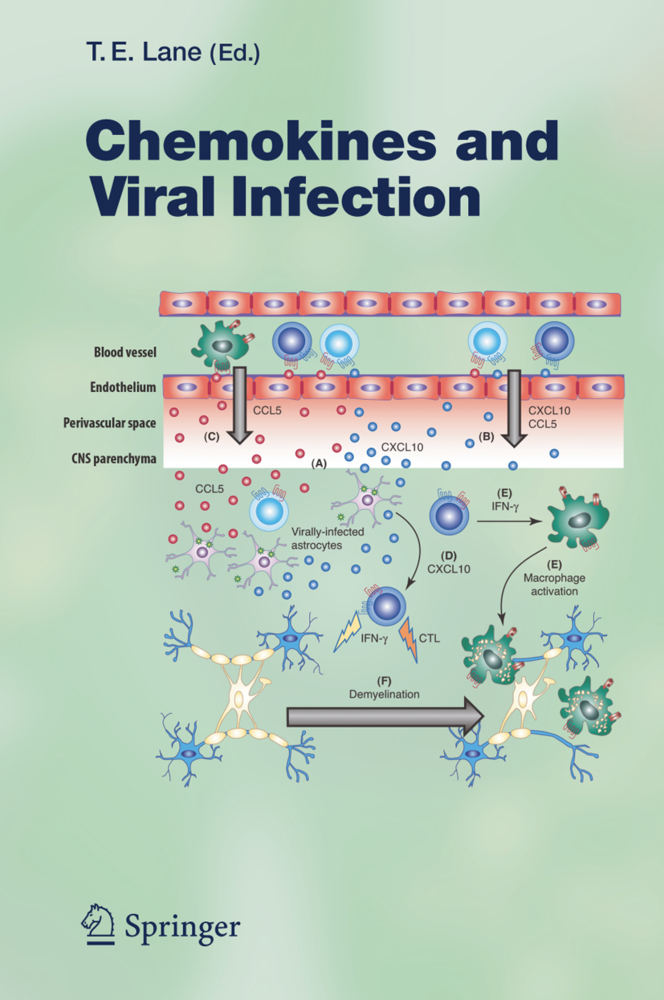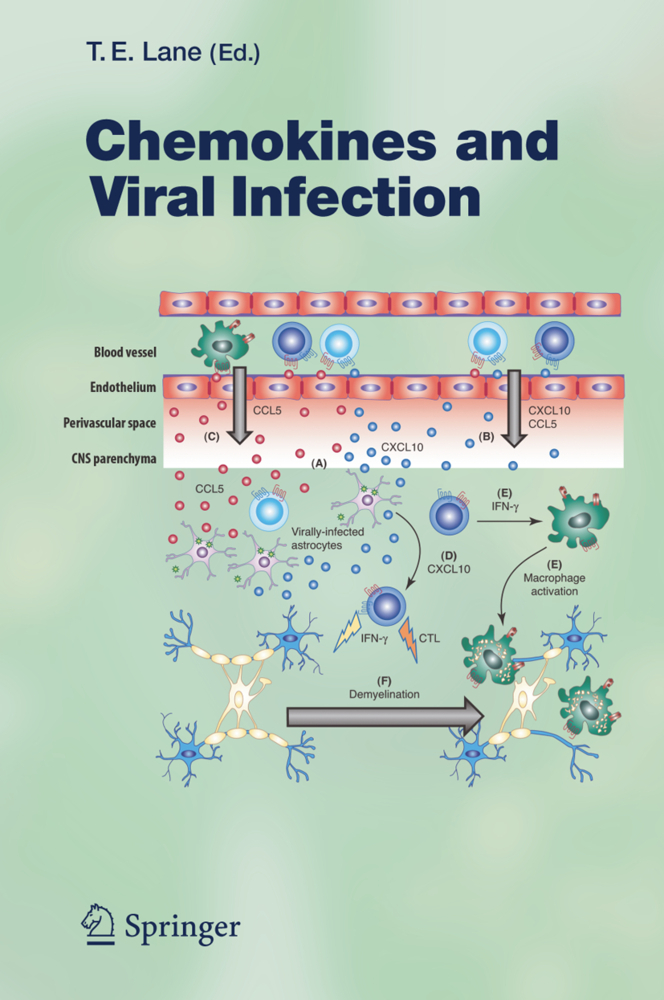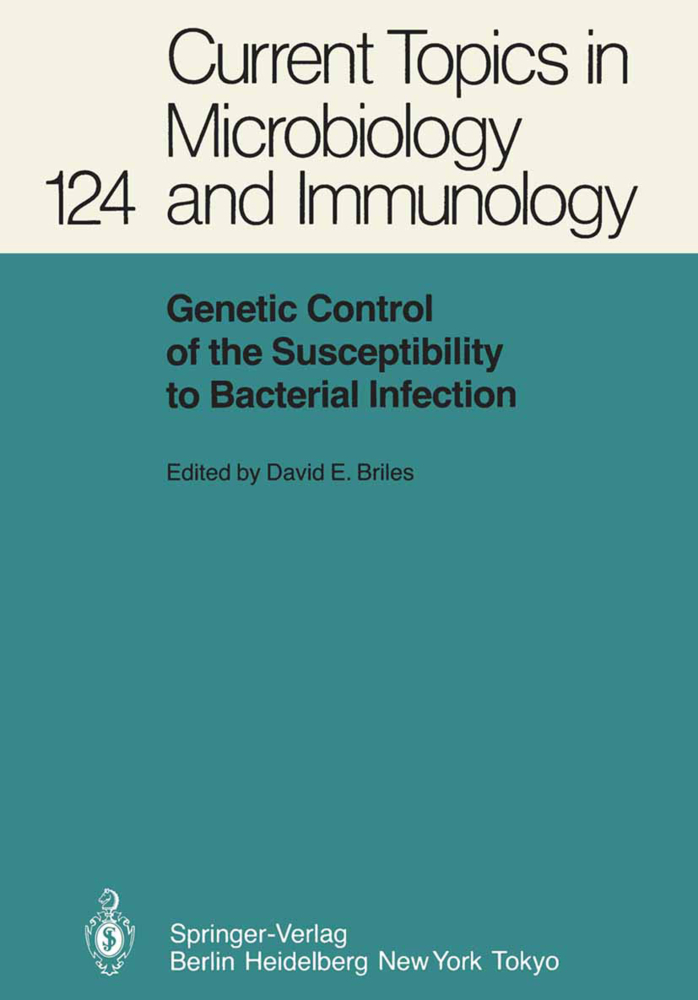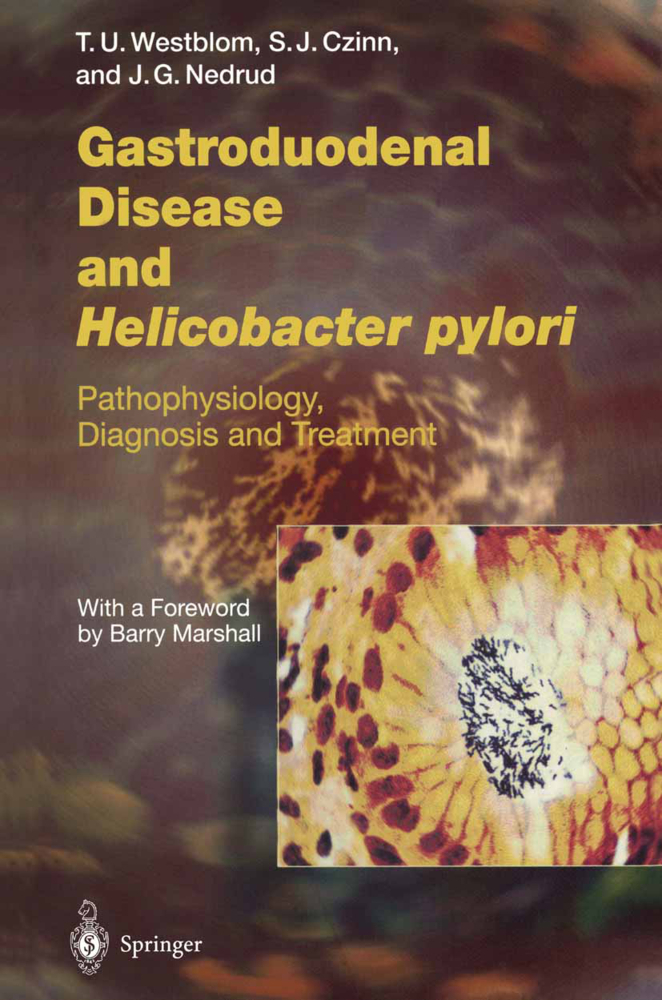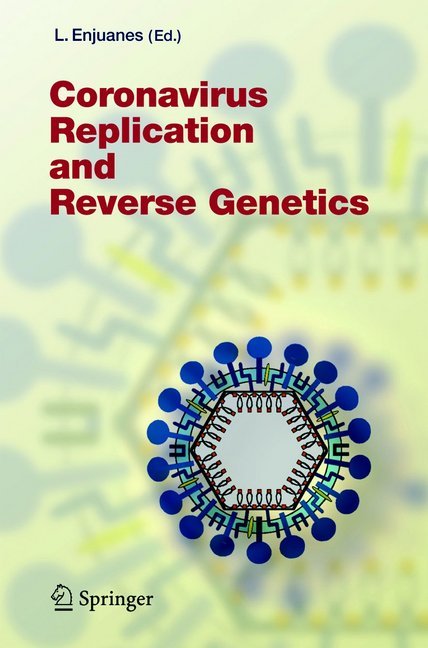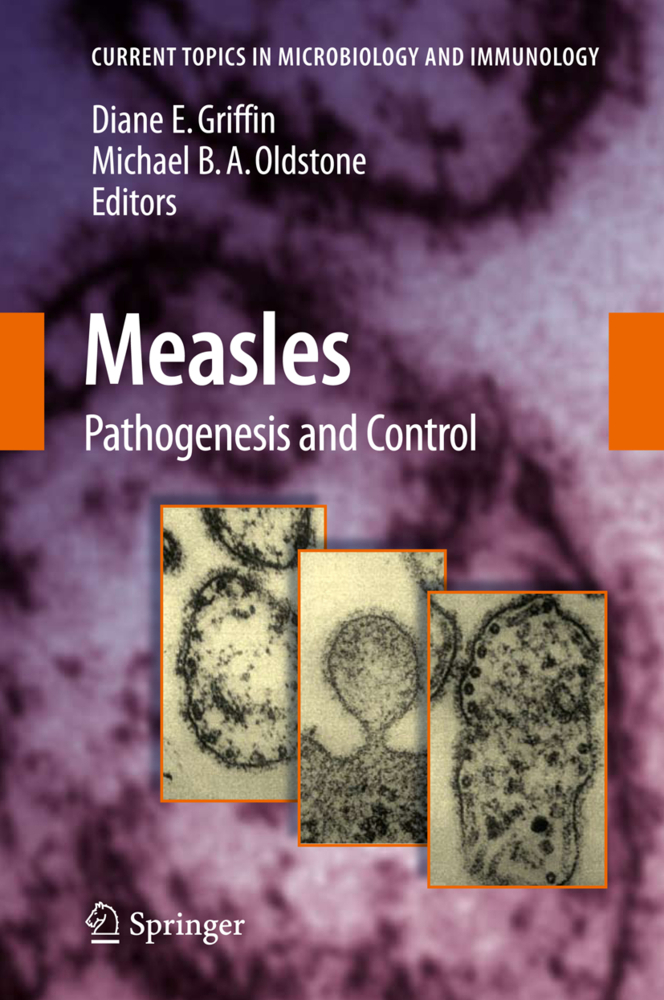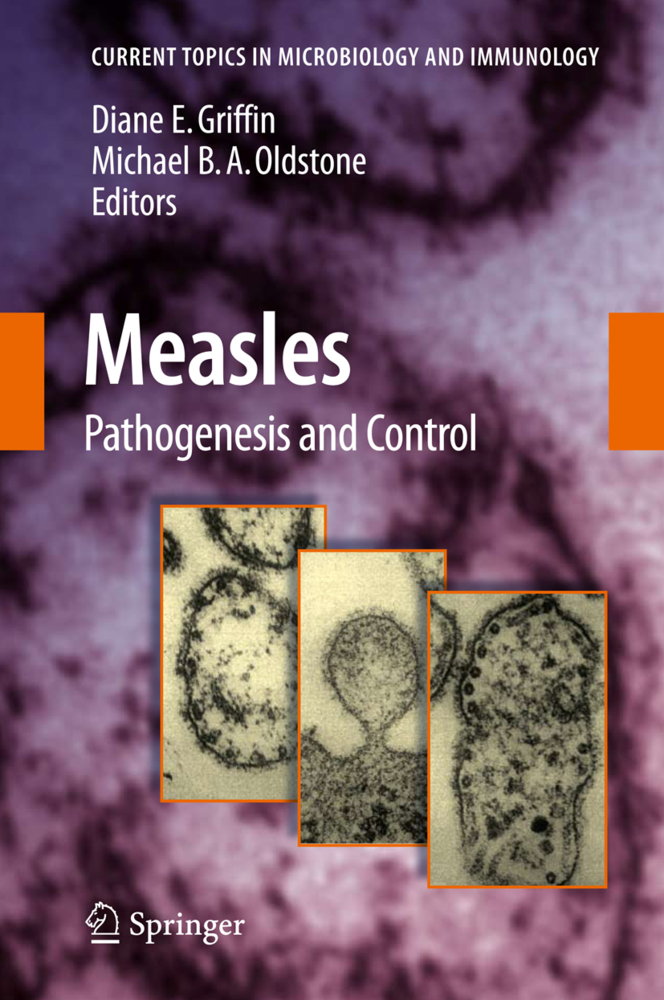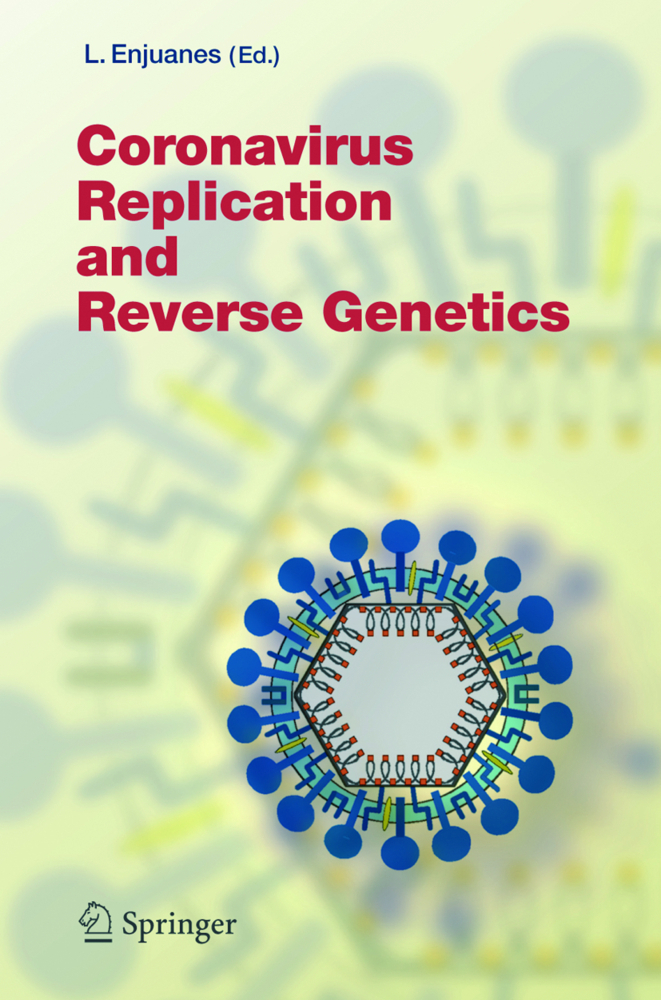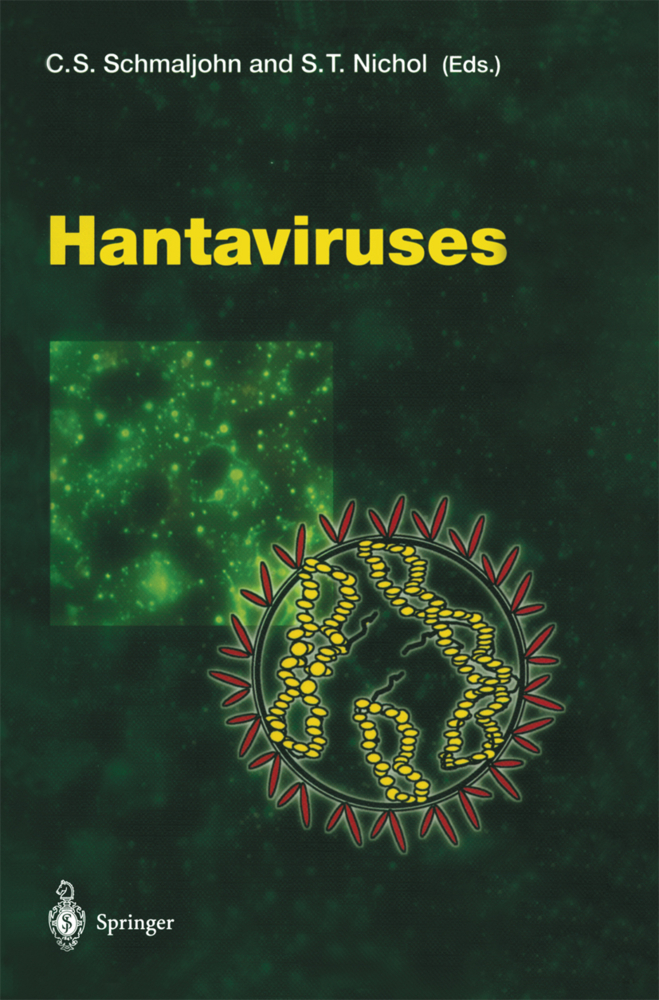Combating Fungal Infections
Problems and Remedy
The currently available means of combating fungal infections are still weak and clumsy. The application of fungal genomics offers an unparalleled opportunity to develop novel antifungal drugs. Interestingly, several novel antifungal drug targets have already been identified and validated. However, it is too early to expect any novel antifungal drug as drug discovery programs are still in their infancy. In addition to classical and genomic approaches to drug discovery, traditional knowledge derived from natural products and phytomedicine can provide a multitude of alternative modes of combating fungal infection. This book comprises 20 chapters on various aspects pertaining to fungal diseases in human and animals, their reservoir, fungal pathogenesis, their management and recent advances in their treatment. Issues of antifungal drug toxicity, especially nephrotoxicity, are also discussed. The development of resistance in fungal pathogens, including multidrug resistance and its mechanism, is dealt with in two chapters. Diverse diagnostic approaches to fungal infections are also reviewed. The combinational drug strategies used in combating invasive fungal infections are addressed in detail.
1;Preface;62;Editors;103;Contents;144;Contributors;185;Chapter 1: Mould Infections: A Global Threat to Immunocompromised Patients;225.1;1.1 Introduction;235.2;1.2 Spectrum of Mould Diseases;245.3;1.3 Risk Factors for Mould-Disseminated Diseases;255.4;1.4 Aspergillosis;275.5;1.5 Zygomycosis;295.6;1.6 Fusariosis;305.7;1.7 Scedosporiosis;315.8;1.8 Other Mould Infections;335.8.1;1.8.1 Histoplasmosis and Coccidioidomycosis;335.8.2;1.8.2 Emergent and Uncommon Fungi;335.9;1.9 Future Perspectives and Conclusions;345.10;References;356;Chapter 2: Virulence and Pathogenicity of Fungal Pathogens with Special Reference to Candida albicans;416.1;2.1 Introduction;426.2;2.2 Diseases Caused by Human Pathogenic Fungi;436.3;2.3 Host-Fungi Interaction: The Process of Infection;446.3.1;2.3.1 Entry or Adherence to the Host Tissue;446.3.2;2.3.2 Adaptation and Propagation;456.3.3;2.3.3 Dissemination;466.3.3.1;2.3.3.1 Host Factors;466.3.3.2;2.3.3.2 Fungal Factors;466.4;2.4 Virulence and Pathogenicity;476.5;2.5 Candida albicans: An Opportunistic Fungus;486.6;2.6 Virulence Factors Involved in Pathogenicity of Candida albicans;516.6.1;2.6.1 Adhesion;526.6.2;2.6.2 Morphogenesis;526.6.3;2.6.3 Phenotypic Switching;536.6.4;2.6.4 Phospholipases;546.6.5;2.6.5 Proteinases;546.6.6;2.6.6 Biofilm Formation;556.7;2.7 Conclusion;596.8;References;607;Chapter 3: Animal as Reservoir of Fungal Diseases (Zoonoses?);667.1;3.1 Mycoses as Zoonoses;667.2;3.2 Importance of Molecular Tools in the Study of Fungal Infections;687.3;3.3 Mycoses;697.4;3.4 Dermatophytosis;707.5;3.5 Aspergillosis;727.6;3.6 Candidiasis;747.7;3.7 Cryptococcoses;757.8;3.8 Malassezia pachydermatis;767.9;3.9 Pneumocystis;777.10;3.10 Dimorphic Fungi;797.10.1;3.10.1 Blastomycosis;797.10.2;3.10.2 Histoplasmosis;807.10.3;3.10.3 Coccidioidomycoses;817.10.4;3.10.4 Sporotrichosis;827.11;3.11 Pythiosis;837.12;3.12 Conclusions;837.13;References;848;Chapter 4: Fungi Associated with Eye Infections with Special Reference to Corneal Keratitis and Their Possible Reservoir;908.1;4.1 An Introduction to Ocular Fungal Infection;908.1.1;4.1.1 Predisposing Risk Factors for Fungal Keratitis;958.1.1.1;4.1.1.1 Corneal Trauma;968.1.1.2;4.1.1.2 Contamination Through Contact Lenses;978.1.1.3;4.1.1.3 Use of Contaminated Topical Steroids;978.1.1.4;4.1.1.4 Other Factors;978.2;4.2 Infections of the Cornea;988.3;4.3 Diagnosis of Fungal Infections of the Eye;1038.3.1;4.3.1 The Detection of Fungal Elements;1048.3.2;4.3.2 Culture and Identification;1048.3.3;4.3.3 Molecular Methods for the Diagnosis of Mycotic Keratitis;1058.4;4.4 Soil and Other Environments as Reservoir of Ocular Fungi;1078.5;4.5 Conclusion;1118.6;References;1119;Chapter 5: Antifungal Drugs Mode of Action and Recent Development;1179.1;5.1 Antifungal Drugs, Recent Development;1179.2;5.2 Mode of Action;1199.3;5.3 Combination Effect Between Antifungal Agents;1219.4;5.4 Future Developments;1249.5;References;12410;Chapter 6: Antifungal-Induced Nephrotoxicity in Pediatrics: A State of the Art;12610.1;6.1 Introduction;12710.2;6.2 Amphotericin B;12710.2.1;6.2.1 Preterm Babies;12810.2.2;6.2.2 Newborns and Infants;12910.3;6.3 Amphotericin B Lipid Formulations;12910.4;6.4 Other Antifungals;13010.4.1;6.4.1 Azoles;13010.4.1.1;6.4.1.1 Fluconazole;13010.4.1.2;6.4.1.2 Voriconazole;13010.4.2;6.4.2 Flucytosine;13110.4.3;6.4.3 Echinocandins;13110.4.3.1;6.4.3.1 Caspofungin;13210.4.3.2;6.4.3.2 Other Echinocandins;13310.5;6.5 Antifungal Drugs;13410.5.1;6.5.1 Comparative Data of the Literature;13410.6;6.6 Conclusions;13510.7;References;13511;Chapter 7: Antifungal Resistance: Cellular and Molecular Mechanisms;14211.1;7.1 Introduction;14211.2;7.2 Resistance to Polyenes;14311.2.1;7.2.1 Polyenes for Antifungal Therapy;14311.2.2;7.2.2 Yeast Resistance to Polyenes;14411.2.3;7.2.3 Mould Resistance to Polyenes;14411.3;7.3 Resistance to Azoles;14511.3.1;7.3.1 Azole Antifungal Therapy;14511.3.2;7.3.2 Yea
Ahmad, Iqbal
Owais, Mohammad
Shahid, Mohammed
Aqil, Farrukh
| ISBN | 9783642121739 |
|---|---|
| Artikelnummer | 9783642121739 |
| Medientyp | E-Book - PDF |
| Copyrightjahr | 2010 |
| Verlag | Springer-Verlag |
| Umfang | 539 Seiten |
| Sprache | Englisch |
| Kopierschutz | Digitales Wasserzeichen |

